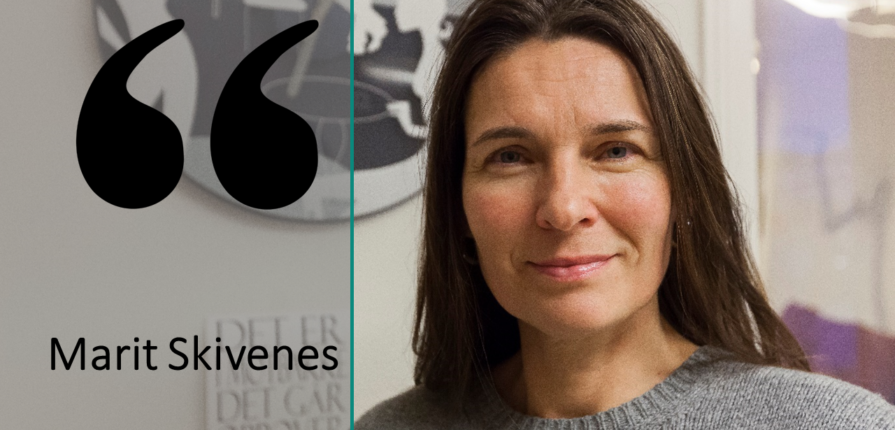BLOG: Lawmakers should look at how the legislation can support and guide decision makers in child welfare cases.
In the midst of all the criticism of Norwegian child welfare services, the process of creating a new law on child welfare services is ongoing. One of the issues we at the Center are particularly concerned with is how the law can support and guide decision makers in the field, i.e. child welfare workers, county board members and judges.
Through the current Child Welfare Act, these decision-makers are given a wide scope for discretion, which is different from many other countries (Gilbert, Parton and Skivenes 2011; Berrick, Peckover, Pösö and Skivenes 2015; Falch-Eriksen and Skivenes 2019), resulting in unequal treatment of children and families. This is a major challenge for the Norwegian child welfare system, and is possible one of the reasons why we are under scrutiny by the European Court of Human Rights in Strasbourg.
The principle of the best interests of the child is normative, and one formula or recipe cannot be set to be valid for all children and all families. This may be why we do not define what the principle means in Norwegian law. However, research on decision making in complex situations clearly shows that decision-makers who have guidelines and guidelines will make better and more consistent decisions than if they do not have guidelines.
The simple Apgar test used on newborns is illustrative. The test has five simple points that health professionals must consider shortly after birth to assess the baby’s health. The introduction of this test, first at US hospitals in the fifties and later around the world, led to a dramatic reduction in newborn deaths because health professionals identified the important factors that they had to consider (Kahneman 2011, page 227).
We will not reduce the complexities of child welfare decisions, and we recognize that there are major differences between children and families. However, one should not deny that children have some basic needs that apply to the vast majority of children in most family situations. The same applies to the group of children that the child welfare services meet. There are clear common denominators for the needs of children who are in a neglect of care or who need help from child welfare in Norway.
We believe that a checklist is required to ensure a just interpretation of the principle of the best interests of the child
This means that checklists designed in conjunction with the best interests of the child-principle in child welfare will be an important tool that can provide guidance for decision makers to assess what a child needs and what is a child’s individual needs. This will give better decisions for the individual child and ensure equal treatment across different case managers and decision-makers, child welfare services, boards and courts (see for example, Falch-Eriksen and Skivenes 2019). A checklist will not mean that all discretion falls away – on the contrary, it will make the discretion better because the relevant information and knowledge base is included.
The factors to be considered can be further discussed. In our view, checklists must make it clear that any understanding of the best interests of the child must take into account the specific child’s concerned, and that a child who is able to form opinions must be involved in the decision-making processes. This principle must be number one on the checklist, and hopefully it can rectify the fact that Norwegian child welfare services still fails to respect children’s right to get involved and seen in the cases that apply to themselves (see for example Magnussen and Skivenes 2015; McEwan-Strand and Skivenes, in review).
An analysis of how 14 Western countries’ child welfare laws (Skivenes and Sørsdal 2018) show precisely that the involvement of children is the consideration that most laws use (12 of 14 laws). In our view, it is particularly important to consider the the child’s future opportunities to have a good life, which is included, among other factors, in the child welfare legislation of our Nordic neighbors – Denmark and Finland. Assessing the prospects for the citizens – giving all children equal opportunities – is also part of the Norwegian solidarity ethos.
We believe that a checklist is required to ensure a just interpretation of the principle of the best interests of the child, and to realize equal treatment and the right decisions in child welfare. The elements that the law lists should ensure that the decision makers obtain information about and evaluate each of the elements. Structuring the exercise of discretion is important for the quality of the decision.


